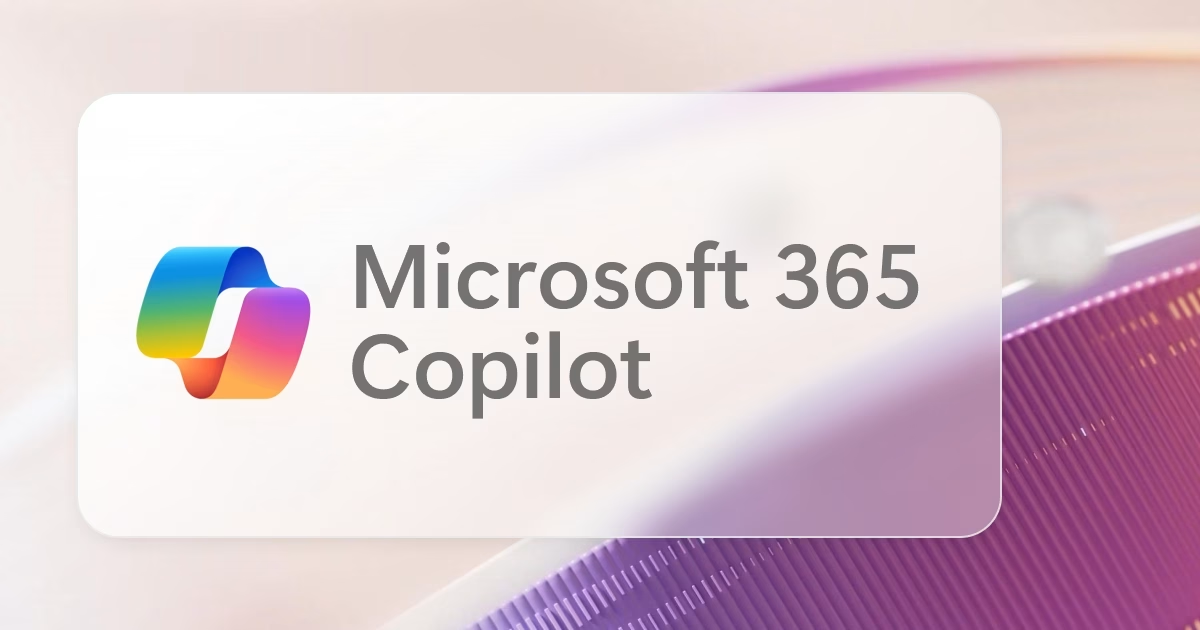Expanding Horizons: Microsoft 365 Copilot Embraces New Languages for a Truly Global Reach
It's fascinating, isn't it, how quickly the landscape of productivity tools is evolving? Just when you think you've wrapped your head around the latest AI advancements, another significant update drops. And this one, concerning Microsoft 365 Copilot, is particularly exciting for anyone who believes in the power of technology to connect and empower people across linguistic divides. We're talking about a significant expansion in language support, a move that quietly, yet profoundly, broadens Copilot's accessibility to millions more users worldwide.
For an AI assistant designed to revolutionize how we work – from drafting emails to summarizing meetings – language is, quite literally, the foundation. If it can't understand you, or you can't interact with it naturally in your native tongue, then its utility is severely limited. That's why these recent additions are more than just a bullet point on a feature list; they represent a tangible step towards a more inclusive digital workspace.
The Latest Linguistic Leap: Six New Voices for Copilot
Just recently, Microsoft announced that Copilot now supports six additional languages, pushing the total count of supported languages to a remarkable 48. This isn't just a random assortment; these are languages spoken by diverse communities across the globe. The newly added languages are:
- Albanian
- Filipino
- Icelandic
- Malay
- Maltese
- Serbian
Think about that for a moment. From the bustling archipelagos of the Philippines and Malaysia to the unique linguistic pockets of Iceland and Malta, and the vibrant cultures of Albania and Serbia, Copilot is now ready to assist in ways it couldn't before. It's a testament to Microsoft's ongoing commitment to making its AI tools truly global, not just English-centric. And frankly, it's about time. The world doesn't operate in just one language, does it?
Why Language Support Isn't Just a Feature, It's a Foundation
When we talk about AI, especially generative AI like Copilot, its effectiveness hinges on its ability to understand context, nuance, and intent. This understanding is deeply intertwined with language. Expanding language support isn't merely about translation; it's about enabling the AI to process, generate, and interact in a way that feels natural and intuitive to native speakers. This means improved accuracy, better contextual understanding, and ultimately, a more seamless user experience.
Consider a business professional in Manila who primarily communicates in Filipino, or a government official in Belgrade working with Serbian documents. Before this update, their interaction with Copilot would have been constrained, perhaps forcing them to switch to English, which isn't always ideal for precision or speed. Now, they can leverage Copilot's capabilities directly in their preferred language, removing a significant barrier to adoption and maximizing productivity. It's about empowering people to work in the way that's most comfortable and efficient for them.
A Consistent Strategy: Microsoft's March Towards Global Inclusivity
This isn't a one-off event. If you've been following Copilot's journey, you'll know this is part of a consistent, deliberate strategy by Microsoft. Back in October 2024, for instance, Copilot saw an even larger expansion, adding 12 new languages. This pattern of incremental yet steady growth demonstrates a clear roadmap for global accessibility.
It's a smart play, really. By continuously broadening its linguistic capabilities, Microsoft isn't just selling a product; they're building an ecosystem that caters to a truly diverse user base. This approach aligns perfectly with broader industry trends where localization and inclusivity are no longer optional extras but fundamental requirements for widespread adoption of any major software solution. We're seeing this across the tech world, and it's great to see Microsoft leading the charge with Copilot.
Regional Impact and the Power of Localized AI
The implications of these specific language additions are quite significant for certain regions. Take Filipino and Malay, for example. Their inclusion opens up vast markets in Southeast Asia, a region characterized by rapid digital transformation and a burgeoning workforce. For businesses operating there, Copilot can now become an even more indispensable tool for communication, content creation, and data analysis.
Community Buzz and the Road Ahead
While the immediate reactions to this latest language drop haven't been widely detailed in mainstream reports, the tech community is certainly taking notice. A quick glance at social media platforms like X (formerly Twitter) shows discussions and shares about these updates, indicating a positive reception and continued interest in Copilot's evolution. People are excited about what this means for their daily workflows.
What's next? Well, if history is any guide, we can expect more languages to be added over time. The goal, I imagine, is to make Copilot as linguistically versatile as possible, mirroring the diversity of its global user base. This continuous refinement isn't just about adding more languages; it's about improving the quality of interaction within those languages, ensuring that the AI truly understands and responds effectively. The journey of AI localization is complex, but it's one that Microsoft seems fully committed to navigating. And for users around the world, that's incredibly good news.
